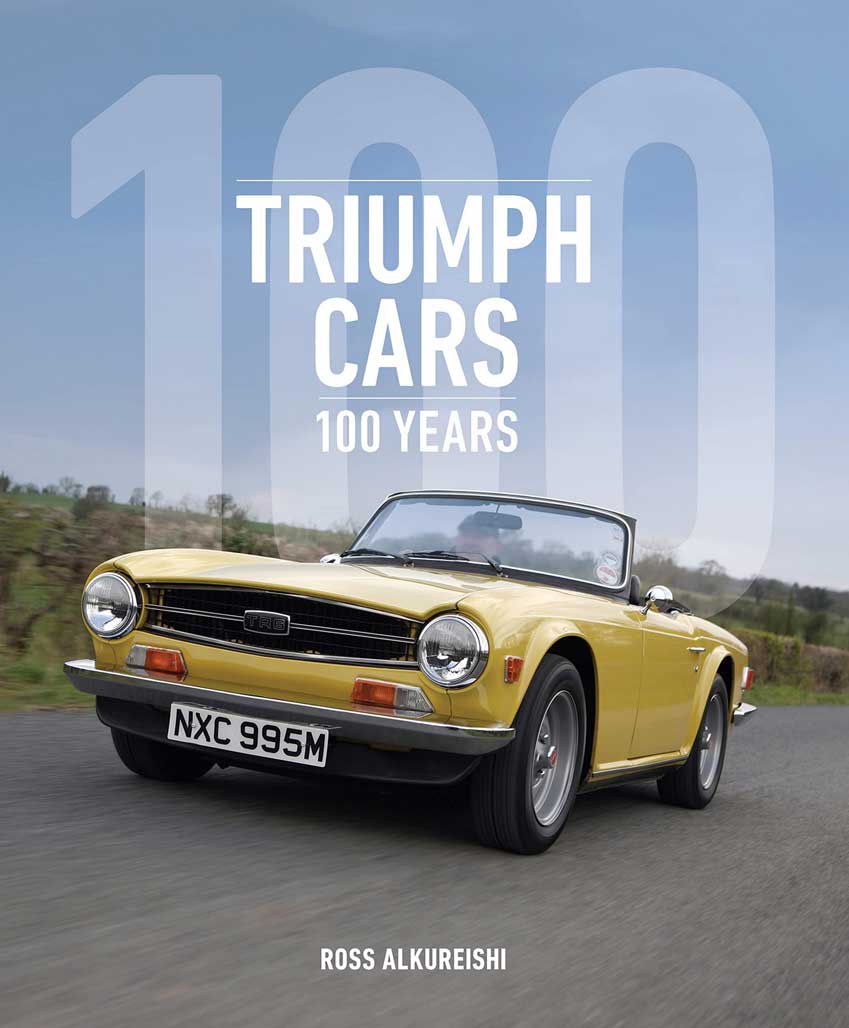Today’s Post by Joe Farace
 In the last chapter of the Book Club I said, “One publisher confided in me how much he hated the cost of book design. I think this might be a topic for a future book club chapter.” This is that chapter…
In the last chapter of the Book Club I said, “One publisher confided in me how much he hated the cost of book design. I think this might be a topic for a future book club chapter.” This is that chapter…
The photo book publishing and perhaps the specialty book world in general—as compared to fiction and traditional non-fiction—has undergone lots of changes since the beginning of the pandemic. Mergers and acquisitions combined with publishers choosing authors based on the number of their social media followers in hopes they will sell the books so the publishers don’t have to is the current trend,
And then there’s the cost of book design. It can be expensive, yet, a book’s design has a huge bearing on how readable it will be. Let me tell you some stories:
I was hired to write a series of digital how-to books for a European photo book publishers. I wrote two and for each book, provided 120 different photographs that explained and enhanced the text. When I got a copy of the English language version only two of my images were used. I later heard from the American acquisition editor that the publisher and book designer purchased stock photos of European families enjoying vacations on various parts the world to illustrate the text. What did it have to do with what I wrote? Nothing.
I pitched a publisher a book about photography with Micro Four-thirds cameras. But he didn’t want to pay a book designer and showed me a copy of a book where all the pictures were horizontal and the text was what amounted to captions for those photographs. I told him that I didn’t think the approach would work but would give it a try, He never followed up with me. Maybe because I only had 2,500 Instagram followers and 4000 or so on Twitter. That’s not enough for today’s publishers.
And for those of you who’ve asked why I haven’t written a new book in a while now you know why. I want to and think I have at least a few more books in me but, so far, nobody invited me to the prom. But if you want to see a book whose design is state-of-the-art, dynamic and enhances the reading experience, take a look at Triumph Cars: 100 Years.
Review: Triumph Cars: 100 Years
Triumph cars are not just about sheet metal, wheels and engines; The company’s history is a testament to the people who built them and the fans who make sure that nobody forgets this venerable marque. And these are some of the nicest car enthusiasts I have even met. You can read about my experiences with Triumph owners in this post.
 These last 100 years were traumatic for Triumph automobiles and these days no cars bear this iconic marque’s name. The last Triumph-badged vehicles were produced by British Leyland in 1984. The rights to the marque are currently owned by BMW, who purchased the Rover Group in 1994.
These last 100 years were traumatic for Triumph automobiles and these days no cars bear this iconic marque’s name. The last Triumph-badged vehicles were produced by British Leyland in 1984. The rights to the marque are currently owned by BMW, who purchased the Rover Group in 1994.
Triumph began it’s corporate life as the manufacturer of bicycles and while that may seem odd, it’s also how Peugeot started, and the French company still makes bikes today. From bikes Triumph transitioned into producing motorcycles and then to manufacturing automobiles. Throughout all the early company’s beginnings, the one word that described the marque was its commitment to quality. The same can be said of this book. It’s a first class effort from the writing by Ross Alkureishi, which I’m sure was a challenge because unlike other marques, Triumph’s path was a tumultuous one. To help readers from getting lost on the journey the book’s design includes sidebars and inserts about specific developments in different cars’ evolution along with developments inside the company and its management. These diversion provide a break for the reader and makes this an easy book to read. You can pick it up as you look at the beautifully reproduced and crafted photographs and take a bite, chew on the words and then read until the next break in the story whether it’s the next bit of history or a new chapter.
Early in Triumph’s quest to build a world class sports car, Donald Healey, who was working for the company at the time, designed an automobile he called “the car” but the company was going through another upheaval. so he took “the car” elsewhere. In this case he took it to Austin, and the legendary Austin-Healey 100 was born. Along comes Sir John Paul Black who wants to make Triumph great again. Part of his plan was to acquire Morgan but that didn’t work out. (I think that process would make a great book all it’s own.) But then Walter Belgrove designed Triumph’s triumph—the world changing TR-2. This was followed in 1955 by the launch of the TR-3 and this was a sports car that, I think, defined what a British sports car was and could be. This chapter is worth the price of the book all by itself.
The chapter on the origin of the Triumph Herald and it’s many variants is also priceless, beginning with Michelotti’s svelte design for a small sedan and convertible. There was also a station wagon aka “estate” model,that was built on the platform and while I’ve never seen one in person, the wonderful photograph of the car makes me want to own one. Triumph was clearly on a roll as they launched the Spitfire and six-cylinder GT6 model, another car that I have always lusted after.
In Chapter 8, Triumph followed these cars with the Michelotti–designed TR4, TR4a and lovely TR6. But all good things must come to and by the end of Chapter 9 the author takes a look at the ill-fated (but I always loved it) V8-engined Triumph Stag and the little known, at least in America, Triumph 2000 sedan. Chapter 10 introduces the reader to the homely Triumph Dolomite sedan, a name I’d heard about but not the automobile, so this might be an eye-opener for all but the most devout Triumph enthusiasts. In Chapter 11, the author introduces us to the mostly unloved TR8, whose wedge shape anticipated an ’80’s automotive trend. But by 1981 it was already too late for Triumph and the author signals this with “The end is nigh.” But even a last minute collaboration with Honda could not save the marque and in 1984, it was, alas, over for Triumph cars.
While the ending of the book may be somewhat bittersweet Triumph Cars: 100 Years is a monumental undertaking by a talented author that is remarkably well researched and filled with photographs and details of the comings and going of a once-proud marque whose place in automotive history will never be forgotten by its wonderful fans. If you like and admire Triumph cars or just enthusiastic about British sports cars, in general, you will want to own this book.
- Publisher : Motorbooks
- Hardcover: 224 pages
- ISBN-10: 0760376492
- ISBN-13: 978-0760376492
- Dimensions: 10.15 x 1.05 x 12.45 inches
- Price: $60